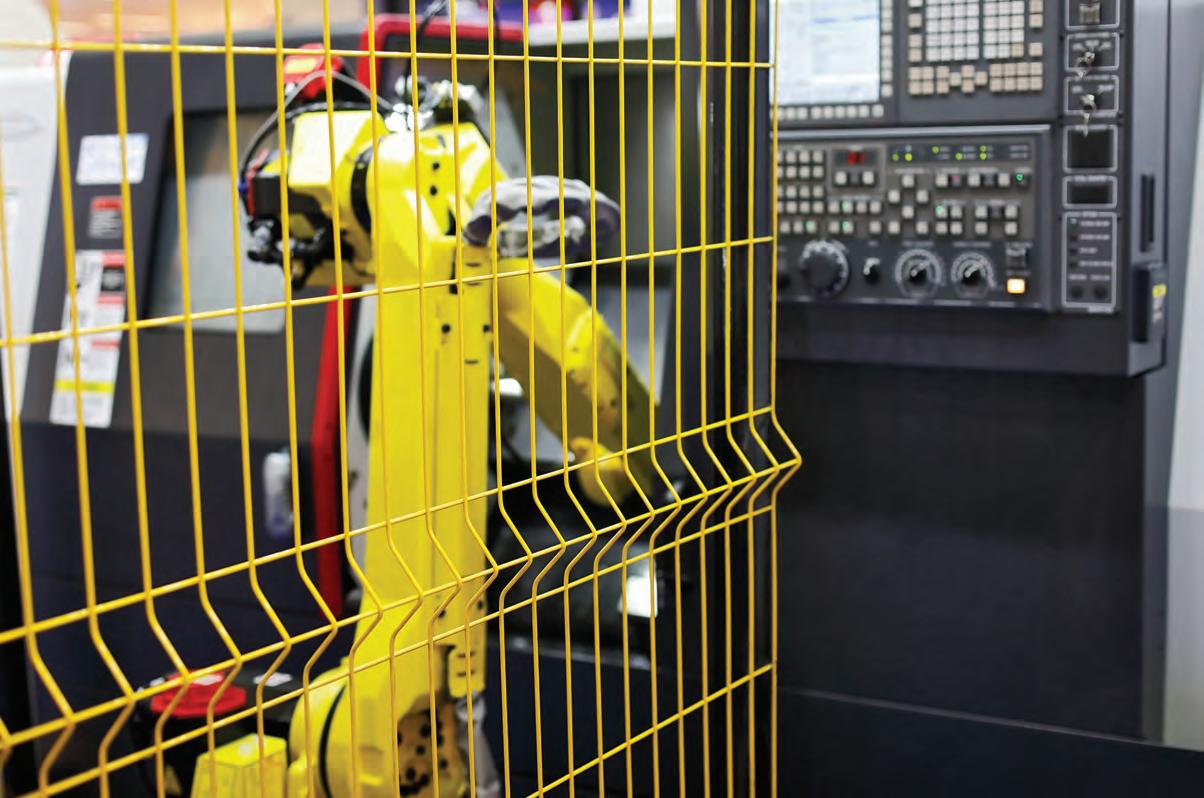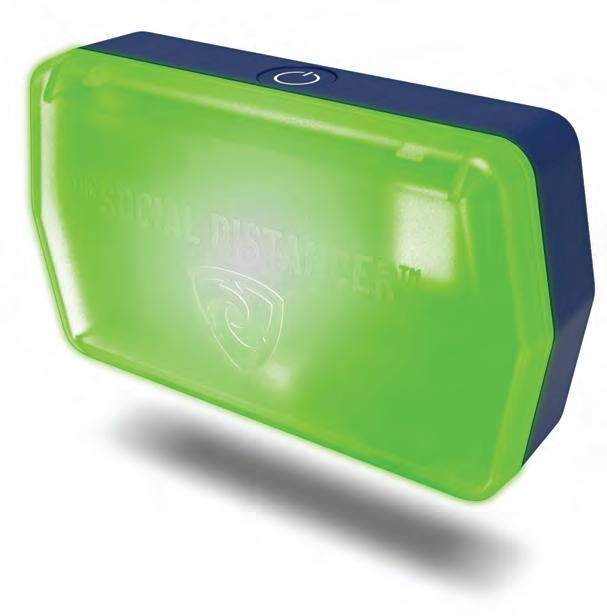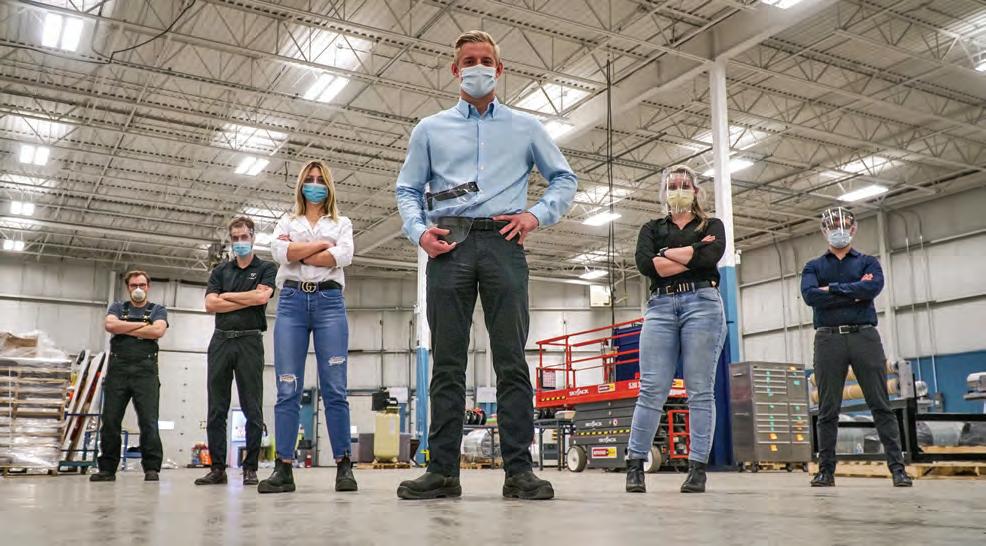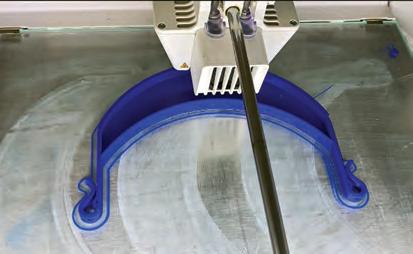
2 minute read
PERFORMANCE Help team members take a more scientific approach to their thinking
A basis for your team members to think on their own.
BY HUGH ALLEY
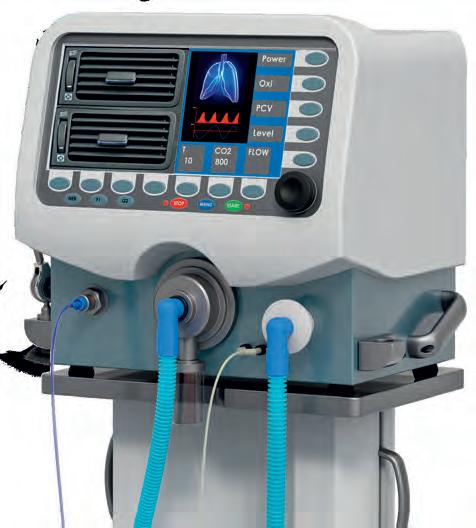
Acommon question from managers is, “What’s it going to take for my people to learn to think on their own?”
Three glib answers come to mind: • • We need people to take Grade 9 science seriously and learn to apply the scientific method. T heir bosses will have to stop Scientific • chewing them out for mistakes when they try to solve a problem. The reward system can’t be focused on achieving perfection. THINKING
All three are true, but not sufficient to get people to thinking “on their own.” GET THE RESULTS YOU WANT
What’s really needed is scitific mindset from just mucking what’s going on that you’re willentific thinking in more detail. about: a clear problem to solve; ing to predict the outcome when Three things separate a scienhaving enough knowledge about you change something; and the ability to learn from data you get from experiments.
These are learnable skills, as For the automakers that are shifting into high gear and making much needed ventilators. long as your employees aren’t afraid to make mistakes. If managers aren’t modelling scientific
UNSTOPPABLE
24/7/365 thinking, it’s unlikely team members will see an upside to it. Making changes In practice, much of what managers do qualifies more as mucking about. They don’t actually know what the outcome will be but make changes anyway. Often, many things are changed at once (a cardinal sin in basic science), but steps aren’t taken to measure what was changed or the outcomes. And they don’t reflect on learning from what was observed.
If we want our people thinking for themselves, the scientific method’s structure and discipline prevent stupid or dangerous experiments. WE LOVE THIS SHIFT Select one of the many different structures available, and use it consistently to show how Local site: sewcan.ca Corporate site: sew-eurodrive.ca M EDIA CIAL things should be done. When your team sees it as management’s way, they’ll take note.
It’s likely you’ll need to adjust
Practising a learnable skill.
PHOTO: ORLANDO FLORIN ROSU - STOCK.ADOBE.COM
SCIENTIFIC METHOD
Question B ackground research H ypothesis E xperiment P rocedure working?* A nalyze data/conclusions Results align? Partially? No?** Communicate results
* I f a procedure doesn’t work, troubleshoot, check all steps and set up. ** If results partially align or don’t, they provide background for future experiments.
your own behaviour to more explicitly “show your work.” You may need to pick a system and work with it over time. There are several that come to mind: A3, PDCA, DMAIC, Lean and Six Sigma. Another is the Toyota Kata structure described first by Mike Rother in his book of the same name.
If your organization already has a commitment to one of these approaches, work with it. Bring out the scientific thinking. Show your people how an ongoing cycle of understanding what’s happening now, predicting outcomes from specific changes, experimenting, learning, stabilizing and starting again gets the results you want and need. Show them it’s how you get results.
Do this, and you will provide a structure to build up your people and the performance of your organization.
Hugh Alley is an industrial engineer based in the Vancouver area who helps organizations achieve performance gains in delivery, quality and cost in a short timeframe. Call (604) 866-1502 or e-mail hughralley@gmail.com.


